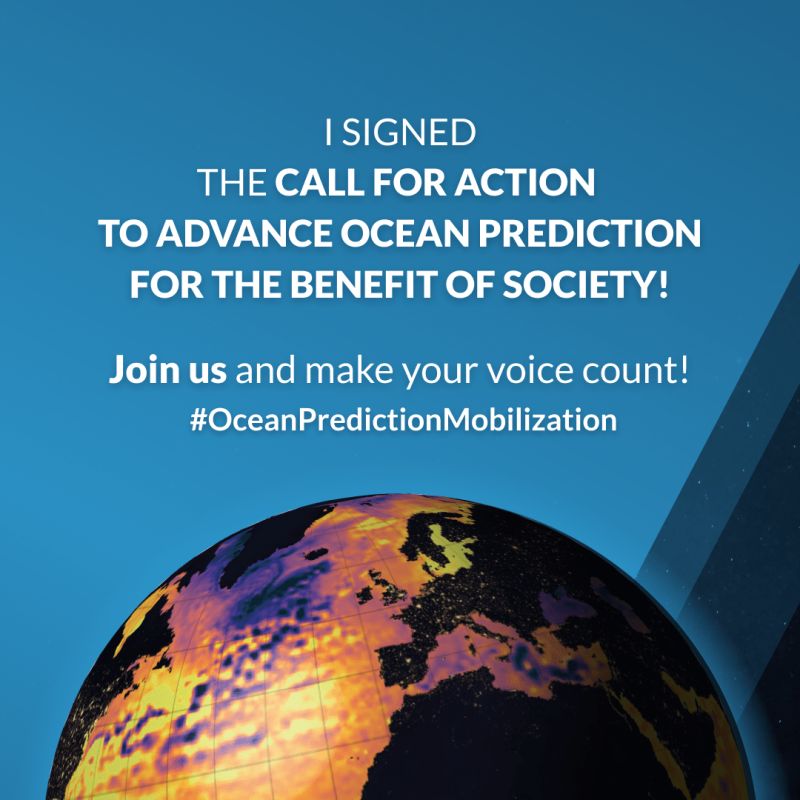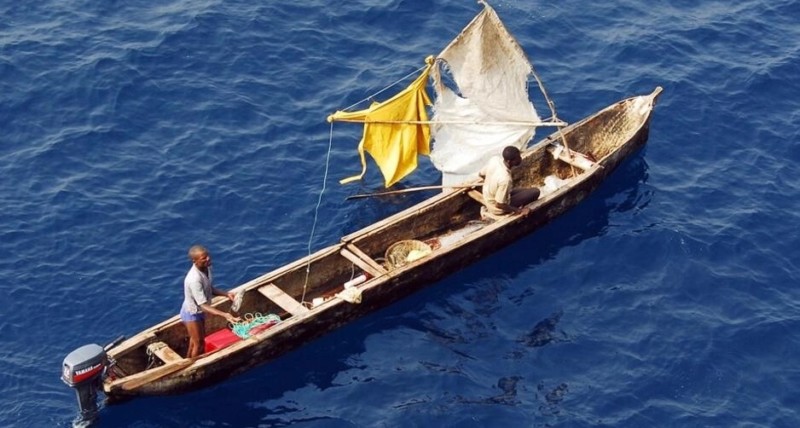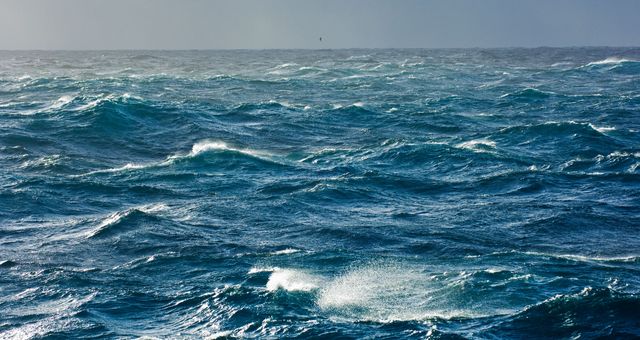Mercator Ocean and OceanPredict/ForeSea, in partnership with OceanPrediction DCC, GOOS, and supported by EU4OceanObs, has launched a global call for action, urging the international community to unite and advance Ocean prediction capabilities. This initiative addresses urgent societal and environmental challenges, aiming to deliver innovative, evidence-based solutions for monitoring the health and sustainable use of the Ocean.
Uniting Global Efforts to Transform Ocean Science and Prediction
The Call for International Mobilization, led by OceanPredict/ForeSea and Mercator Ocean International, is a pivotal initiative designed to accelerate advancements in Ocean prediction capabilities in direct response to pressing societal needs. This call builds on the significant outcomes of the OceanPredict 2024 Symposium and aligns closely with the priorities set by the United Nations Ocean Decade.
At its core, this global call seeks to engage key international stakeholders – including IOC-UNESCO, GOOS, Space Agencies, the European Commission, the OceanPrediction Collaborative Center, and many other UN Decade programmes – to collectively enhance Ocean observing systems, modeling frameworks, data assimilation techniques, and cutting-edge digital technologies. The goal is to drive forward Ocean prediction science and services that benefit society at large.
A first formal commitment was approved during the United Nations Ocean Conference 3 (UNOC3) held in Nice in June 2025, underscoring the urgent global consensus on the need to sustainably manage the Ocean, protect marine biodiversity, and support climate change mitigation and adaptation policies through improved Ocean prediction.
Why This Call Matters
Ocean prediction systems offer evidence-based, actionable solutions for Ocean protection and sustainable development.
This initiative directly supports UN Sustainable Development Goal 14 (SDG 14), which focuses on the sustainable use of Ocean resources, safeguarding marine biodiversity, and developing effective climate change mitigation and adaptation strategies.
“Ocean prediction systems offer evidence-based solutions for Ocean protection and sustainable development. A strong international mobilization of all ocean observation and prediction stakeholders and users will put state-of-the-art science and technology at the service of society to address the critical challenges facing our Ocean.”
Pierre-Yves Le Traon, Scientific Director of Mercator Ocean International
Building on OceanPredict 2024: The Path Forward
The Call for Action highlights the urgent need to enhance ocean observing networks, improve modeling and data integration, and develop innovative, reliable ocean prediction tools. These tools include reanalysis and forecasting systems that are:
- Grounded in reliable observation networks to ensure accuracy and comprehensiveness,
- Powered by improved models and data assimilation methods tailored to fit specific societal and environmental needs,
- Enhanced through artificial intelligence and rapid advances in digital twin technology to provide dynamic, interactive prediction capabilities.
Challenges We Must Address Together
To realize the full potential of ocean prediction, the following key challenges have been identified:
- Enhancing the integration of models representing ocean and sea ice physics, biogeochemistry, biology, surface waves, and the atmosphere,
- Advancing the prediction of coastal and polar areas,
- Advancing and expanding ocean biogeochemistry, marine life and ecosystem prediction,
- Developing further marine pollution modelling, including marine debris, chemicals and oil spill,
- Filling gaps in the global ocean observing network, including implementing and sustaining the OneArgo array and preparing the required future satellite oceanography missions,
- Developing and using tools to design and assess the impact of observing systems,
- Developing higher resolution sub-mesoscale models and data assimilation,
- Extending the forecast horizon up to 1 month, and extending seasonal, decadal prediction and climate projection to the marine ecosystems,
- Enhancing the intelligence of ocean prediction products by providing uncertainties and probabilistic forecasts,
- Developing artificial intelligence modelling and data assimilation methods,
- Harnessing digital twins to enhance the interaction between ocean prediction centres and users’ communities, including the co-design of “what-if” scenario tools to support planning for climate resilience, restoration, and ocean-based economies.




